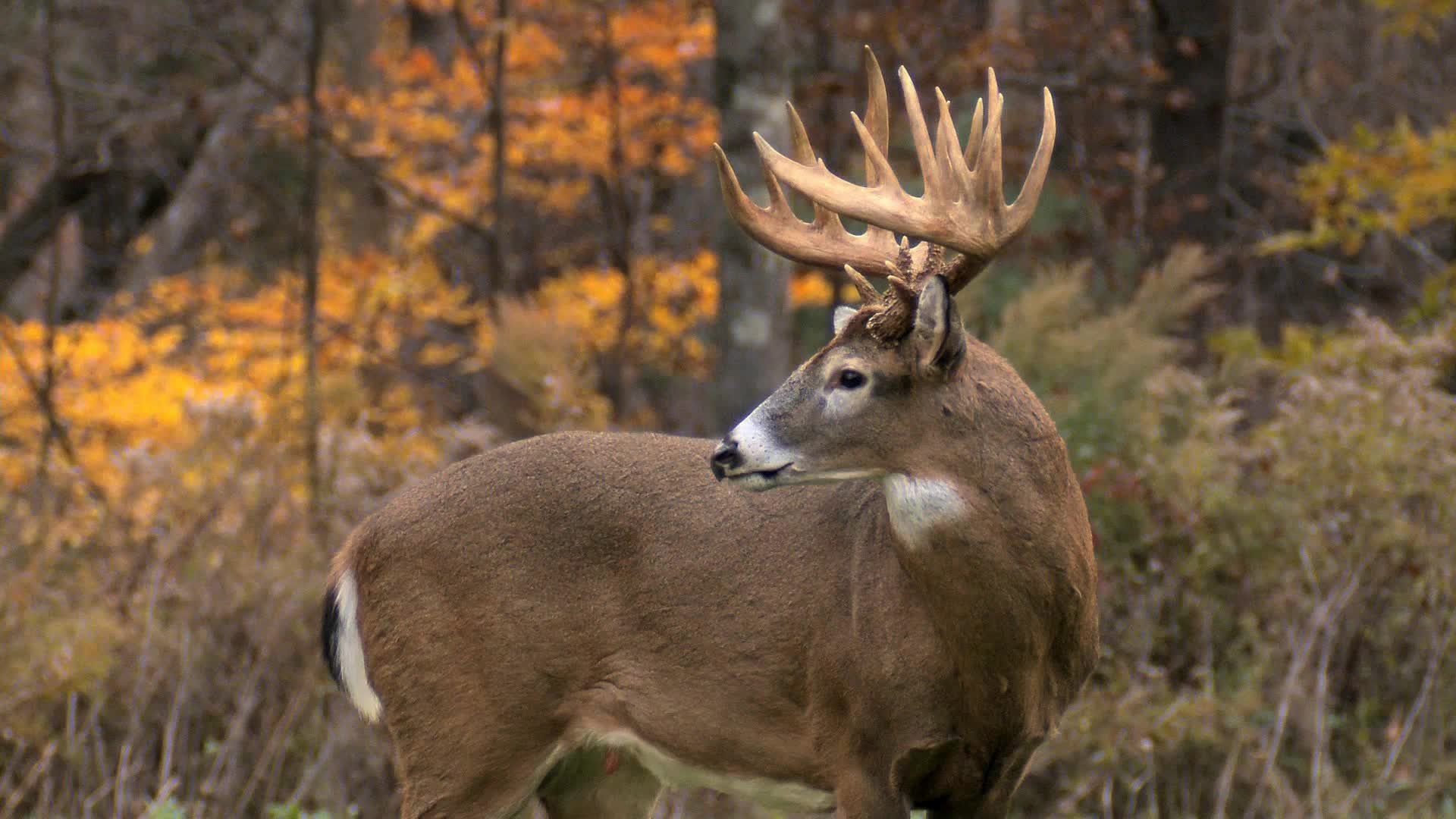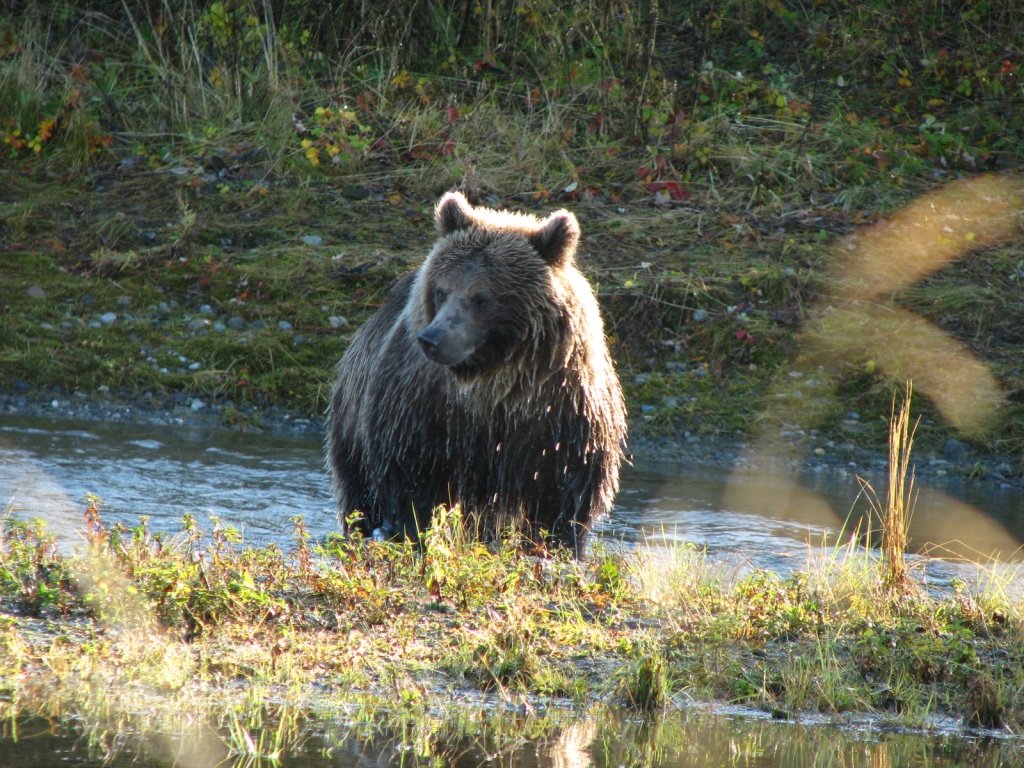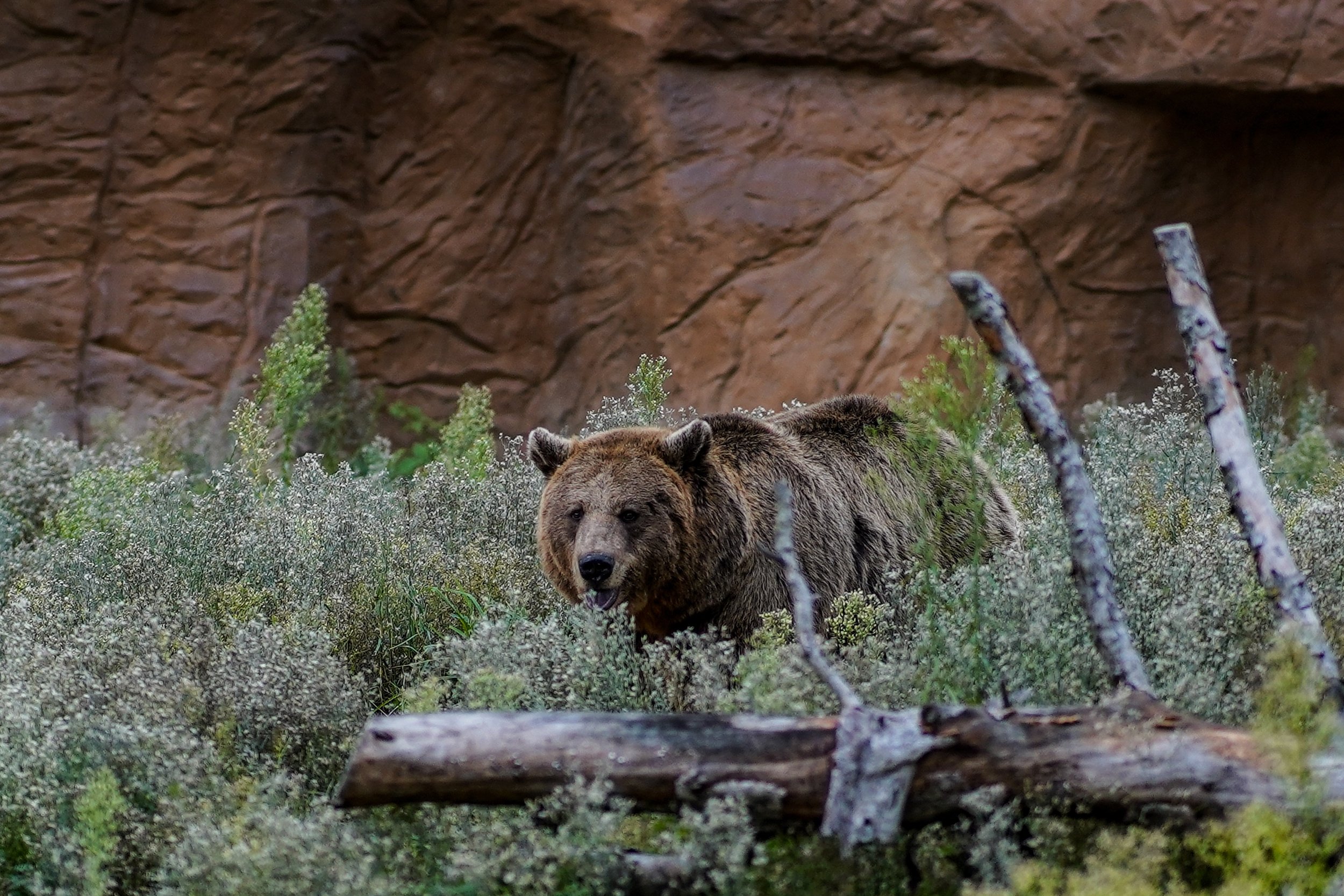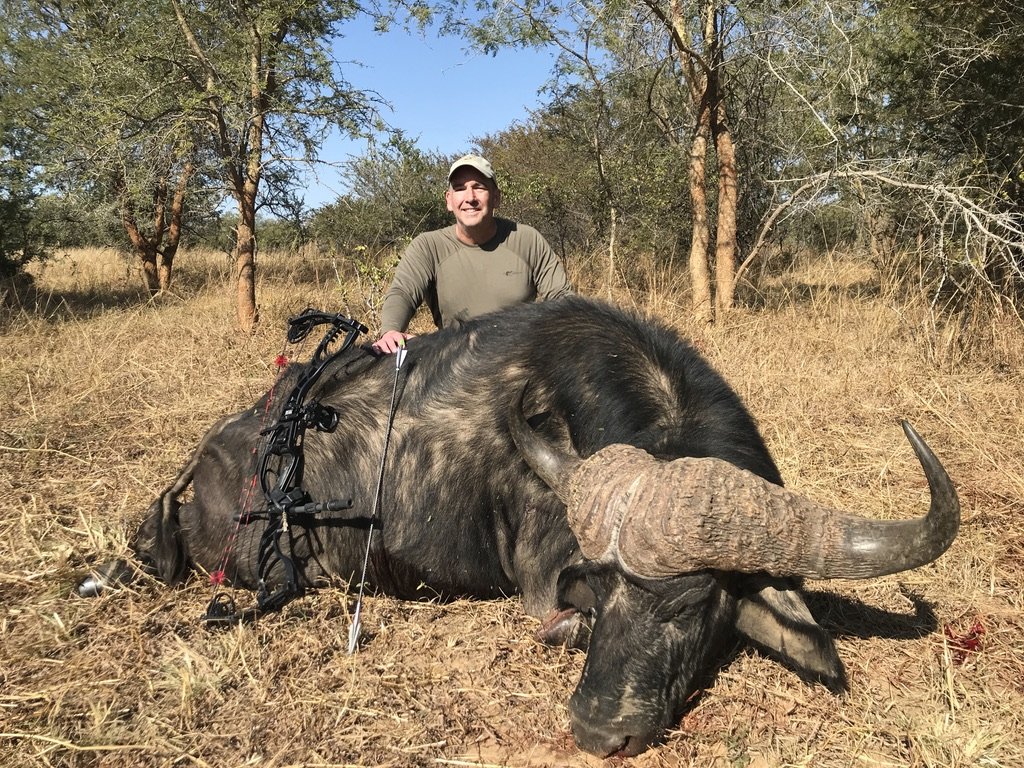Current News
Perfect Bowhunters, Bad Hits and Bone-Breaking Arrows
By Dr. Ed Ashby
July 10, 2023
There are bowhunters who claim they have never made a bad hit on an animal. For folks like this, ones who make only perfect hits, the arrow setup they choose to use will never matter much. I just do not know how anyone manages to never make a bad hit.
The last truly bad hit I made was on a pig, standing dead still, broadside, a mere 18 yards away. It was facing to my right (the pig's right side facing me), with its head turned to its left (away from me). I aimed on the shoulder, right straight above the ball joint. As I took the shot, and as near as I could discern perfectly coincidental with my release, another pig, off to my left and out of sight, snorted. The pig I was shooting at wheeled immediately, and the arrow hit squarely, broadside in the LEFT gut.
It was a pass-through shot with a single-blade, single-bevel broadhead. Within 10 yards I found blood but, as is my custom with any pure gut hit, I backed out and waited 12 hours before following the spoor. The pig was recovered approximately 160 yards from where it was hit. Being not pressed immediately after the hit the pig had bedded down and the wound from the super-sharp broadhead left a wound that had continued to bleed freely. Altogether, it was an easy recovery on a very poor hit.
However, the point is I just don't see how anyone who shoots very much game can never, ever have a bad hit. Stuff DOES happen, regardless of how hard one tries. No one could ask for a more perfect shot setup than I had on that pig. Not alerted, looking away, standing still and perfectly broadside in the bald open.
Now, I've had FAR more of what most would call a 'bad hit' occur on the bones of the shoulder than I have had 'back of the diaphragm'. That's very likely because I aim on the shoulder, not back of the shoulder. That greatly reduces the number of 'too far back' hits. Most animals that move to the sound of a shot duck and then either move forward or turn to their right or left.
Let's analyze that. If an animal ducks down the shot goes high. Spine? If aiming on the shoulder it could mean scapular flat, or scapular flat plus spine. It they turn either left or right or, even worse, both move forward and turn to either side, AND you are aiming 'back of the shoulder' you have just set up for either a marginal one lung hit - a hit that is very likely to NOT be a fatal hit – or, even worse, a gut hit. If you are aiming ON the shoulder of an animal the animal has to make a far greater degree of left or right turn (or move forward, with a left or right turn) before one lung passes through and out of the ‘kill zone’ of your aiming point.
If you are aiming ON the shoulder and the animal jumps straight forward it again has to move a far greater distance before the lungs pass through and out of the ‘kill zone’ of your aiming point. In the last quarter century, I've not had an arrow stopped by any shoulder bone, or combination of shoulder bones, on a single hunted animal. That takes in some sizable critters too. Some believe that there is no such thing as a ‘bone breaking arrow’. In the 2007-2008 testing, EVERY penetration enhanced, structurally secure EFOC/Ultra-EFOC arrow having a mass weight above the Heavy Bone Threshold passed through the heavy bones of the Asian buffalo. That includes EVERY rib, scapula and spine hit. This represents 169 CONSECUTIVE HEAVY BONE HITS with such an arrow setup. Only half of those shots (52%) were with the heavier 82# straight-end longbow, and nearly 20% of the shots were with a 40# recurve! The balance of those 169 shots were with 54#, 64# and 70# longbows, with less than 3% of the shots being with a 60# compound. No arrow setup is a bone breaker? What do you think is the “likely outcome” with any of these arrow/bow combinations when hitting the heavy bones of a deer sized animal? Failing to smash through even the heaviest bones in a deer’s body is about as close to a ‘nil probability’ as one can get. When using such an arrow setup there is no reason to fear the bones of the shoulder, should you hit one, and therefore no reason not to aim directly on the shoulder, reducing the likelihood of either a single lung hit or a hit too far back.
I'll never have any problems with the setup any bowhunter is using if he rarely (or never) hits and fails to recover game. If he is hitting and failing to recover game on anything more than an 'extremely rarely' basis, then his arrow setup can be improved.
After what is now over a half century of big game bowhunting I am totally convinced that a solid body hit ANYWHERE with a TRULY SHARP broadhead results in a dead and recoverably animal IF the arrow penetrates sufficiently AND the hunter has the skills and knowledge to proper follow-up after the hit. The one acceptation is the one-ling hit. If the BH is TRULY sharp there's a higher probability of a one lung hit proving fatal, but the follow-up of a one-lung hit animal (even with that TRULY SHARP broadhead) should be just like that for a pure gut hit. Press a one-lung hit animal and jump it up and the odds of recovery go way, way down.
Just one point about one lung hits. I've been through several tactical firearms courses, including FLETC (the Federal Law Enforcement Training Center, in Glenco, Georgia). Do you know why law enforcement officers are taught to engage the 'bad guys' from a 'square on' shooting position, instead of the ‘facing to the side’ position, as was taught by the military for years? Think about it. Facing 'square-on' you give the bad guy(s) a lot bigger target to hit than you do when facing sideways, so why do it? It's because, if you have your side facing the bad guy and he scores a thorax hit you have almost guaranteed a double-ling hit. Facing square-on, though presenting a larger target, you have greatly reduced the odds of a double lung hit. The survival rate from a one lung hit is very high. Survival rate from a double-lung hit it is very low, even with the best and most immediate of medical care!
Ed Ashby
Copyright 2008, Dr. Ed Ashby








